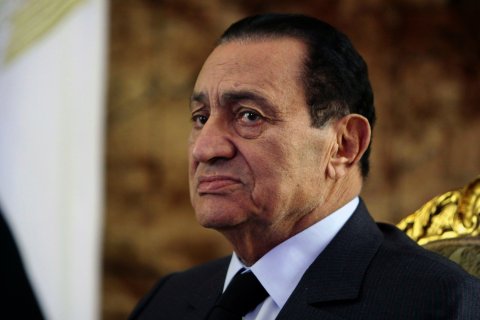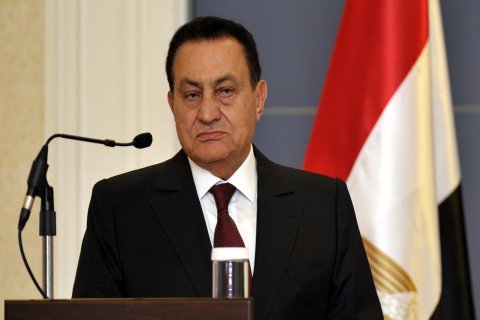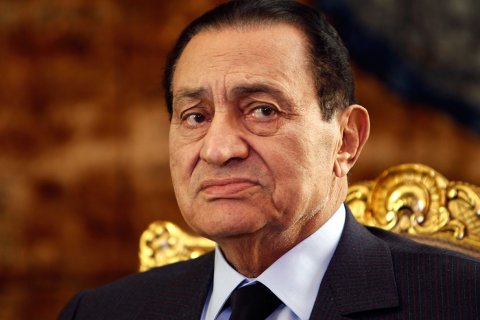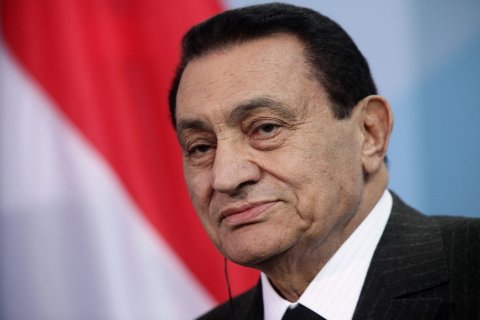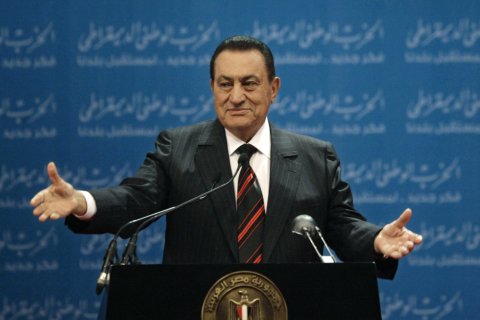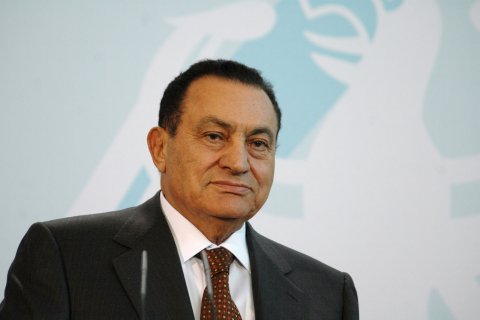Hosni Mubarak
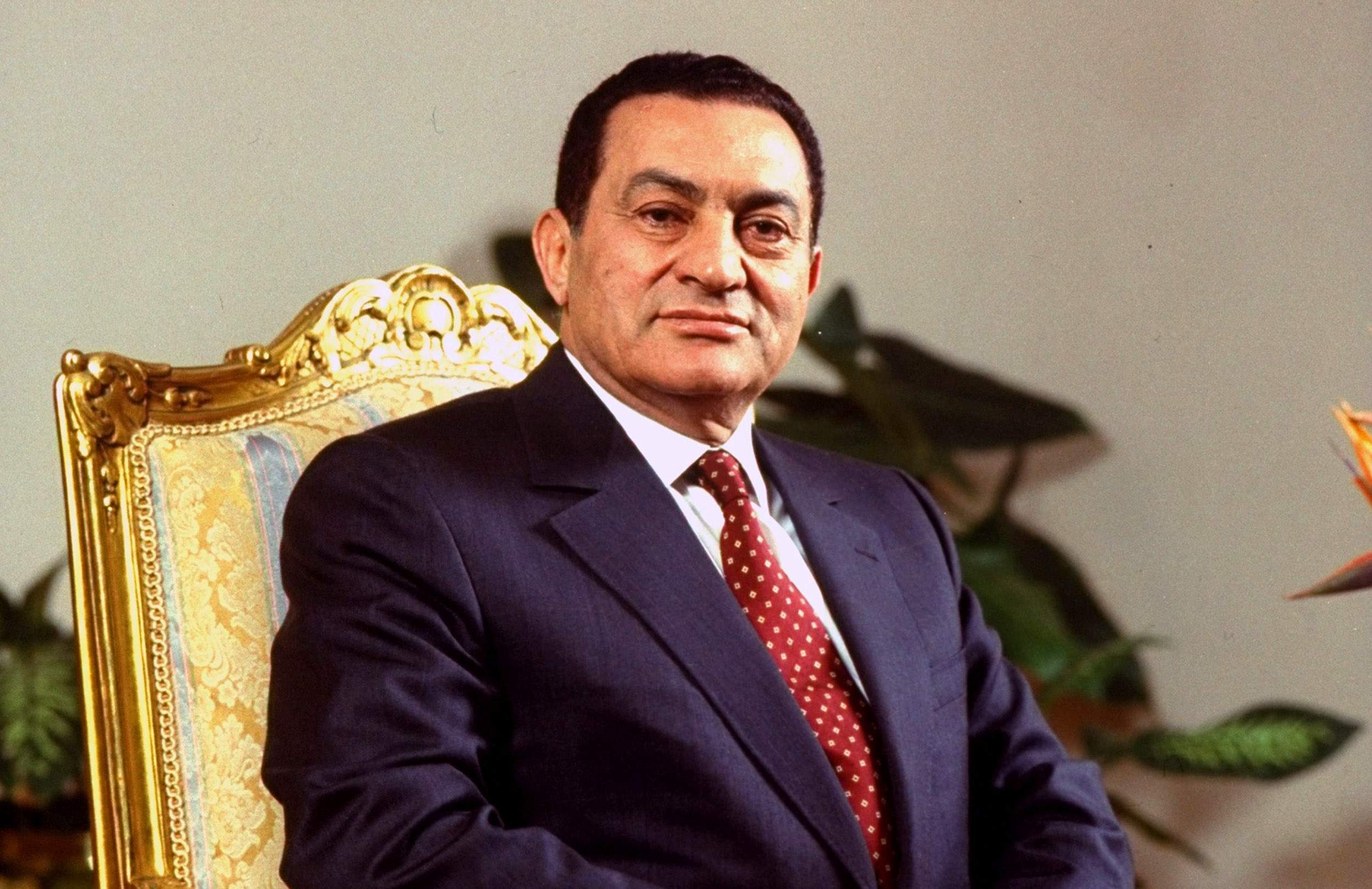
Hosni Mubarak: A Profile
Hosni Mubarak was the fourth president of Egypt, serving from 1981 to 2011. He was born on May 4, 1928, in Kafr Al-Meselha, Egypt. Mubarak graduated from the Egyptian Military Academy in 1949 and served in the Egyptian Air Force. He rose through the ranks and became commander of the air force in 1972.
In 1975, Mubarak was appointed vice president of Egypt by President Anwar Sadat. He became president in 1981 after Sadat was assassinated. Mubarak's presidency was marked by economic growth and stability, but also by authoritarianism and human rights abuses. He was overthrown in a popular uprising in 2011.
Early Life and Education
Hosni Mubarak was born on May 4, 1928, in Kafr Al-Meselha, Egypt. He was the son of a farmer. Mubarak attended the Egyptian Military Academy, graduating in 1949. He then served in the Egyptian Air Force, rising to the rank of commander-in-chief in 1972.
Political Career
In 1975, Mubarak was appointed vice president of Egypt by President Anwar Sadat. He became president in 1981 after Sadat was assassinated. Mubarak was re-elected in 1987, 1993, 1999, and 2005.
Mubarak's presidency was marked by economic growth and stability. He also signed a peace treaty with Israel in 1979. However, his presidency was also marred by authoritarianism and human rights abuses. He was accused of rigging elections, suppressing dissent, and torturing political prisoners.
Overthrow
In 2011, Mubarak was overthrown in a popular uprising. The uprising began on January 25, 2011, with protests against Mubarak's government. The protests quickly spread throughout Egypt, and Mubarak was forced to resign on February 11, 2011.
Death
Mubarak died on February 25, 2020, at the age of 91. He had been suffering from cancer.
Legacy
Hosni Mubarak's legacy is complex. He is credited with bringing economic growth and stability to Egypt, and with signing a peace treaty with Israel. However, he is also criticized for his authoritarianism, human rights abuses, and corruption.


